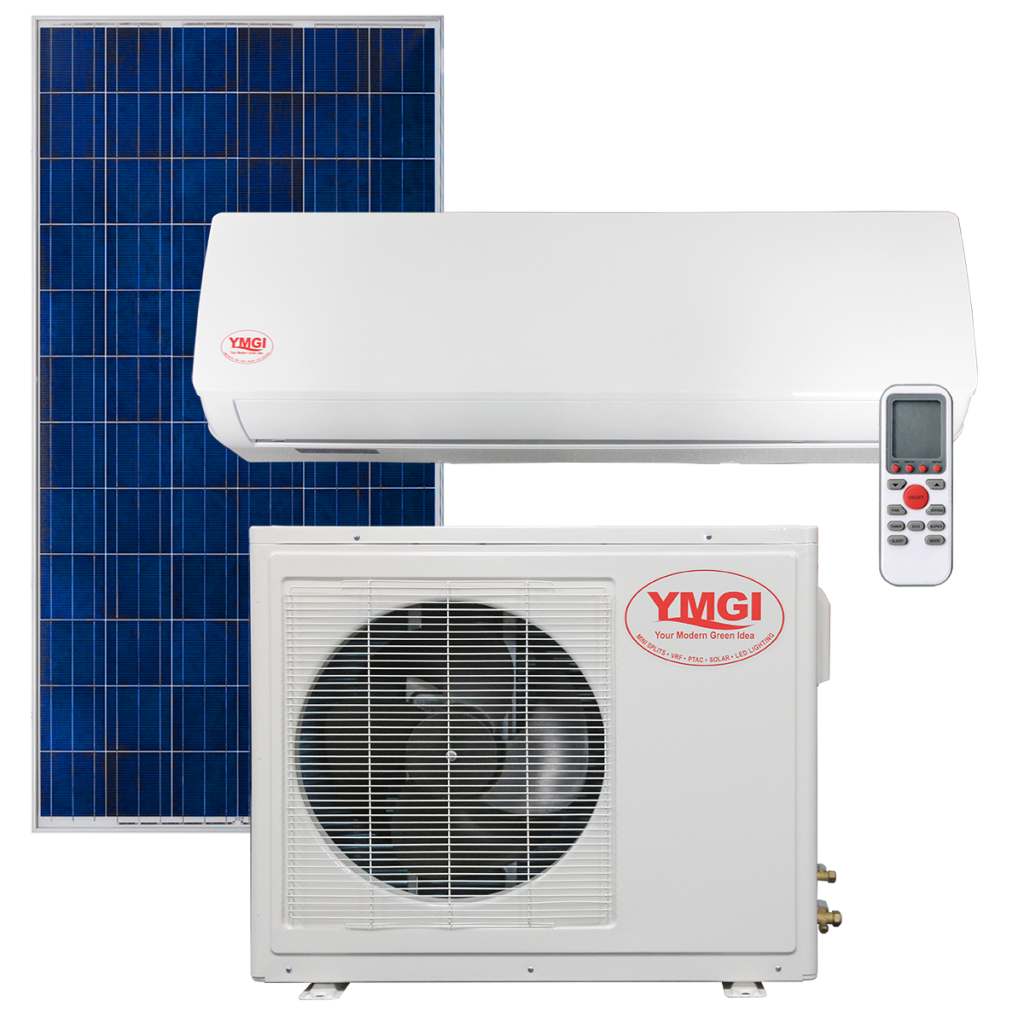This came up an another thread. Solar powered mini splits are available. From my understanding they run on DC but can be grid tied, the mini split not the PV panels.
In a world of infinite resources one could pay in cash for a system that was sized to provide 80-100+ % of your usage. I don’t see that as realistic.
I could afford today a 10-13k$ install.
So I want to limit this discussion upfront system costs under 15k$.
It was a hot day yesterday we used 53 kWh. Here is the graph. I cooled the house off in the morning and set the thermostat to 79.
It seems to me that load shifting really negates the DC mini split. And I would be better to go with a small grid tied system and time of use billing (baking during peak times might become a no-no)
Lastly I full expect that our house will add a second and or third EV in the next 10 years. Do EVs mean net metering is better than a DC mini split? Do they change the decision in anyway?
When I get some time I will run some numbers.
![[Hearth.com] Solar DC mini split— thoughts [Hearth.com] Solar DC mini split— thoughts](https://www.hearth.com/talk/data/attachments/296/296269-b29f5f7994085385d4b724b0e6fd12a1.jpg?hash=pwlywmEF81)
So what’s the advantage of the solar mini split? let’s say for this discussion you are limited to 4-8 panels. Would a small grid tied system make more since? Or would an off grid system be a better choice. Let’s also assume that going forward one can add the net metering rider and utilize the time of use rate schedule or the standard rate schedule.One option for AC that i was not aware or until recently is 48 volt minisplit that runs directly off solar panels (no batteries). It adjusts its load on the amount of generation from the panels. That would keep the AC loads from not needing to be shifted to the night period. https://www.hotspotenergy.com/solar-air-conditioner/ The pricing is pretty close to a regular minisplit (not including the PV panels). It makes sense in a balanced climate area, when the sun is out more AC is needed.
In a world of infinite resources one could pay in cash for a system that was sized to provide 80-100+ % of your usage. I don’t see that as realistic.
I could afford today a 10-13k$ install.
So I want to limit this discussion upfront system costs under 15k$.
It was a hot day yesterday we used 53 kWh. Here is the graph. I cooled the house off in the morning and set the thermostat to 79.
It seems to me that load shifting really negates the DC mini split. And I would be better to go with a small grid tied system and time of use billing (baking during peak times might become a no-no)
Lastly I full expect that our house will add a second and or third EV in the next 10 years. Do EVs mean net metering is better than a DC mini split? Do they change the decision in anyway?
When I get some time I will run some numbers.
![[Hearth.com] Solar DC mini split— thoughts [Hearth.com] Solar DC mini split— thoughts](https://www.hearth.com/talk/data/attachments/296/296269-b29f5f7994085385d4b724b0e6fd12a1.jpg?hash=pwlywmEF81)


![[Hearth.com] Solar DC mini split— thoughts [Hearth.com] Solar DC mini split— thoughts](https://www.hearth.com/talk/data/attachments/296/296272-2075bb8604775fb1d3f014f2c3625f35.jpg?hash=wZn5-m-gvw)
![[Hearth.com] Solar DC mini split— thoughts [Hearth.com] Solar DC mini split— thoughts](https://www.hearth.com/talk/data/attachments/296/296273-05df8e6e5448b9ebc3199d9797db1afb.jpg?hash=4cbPbrvGp-)
![[Hearth.com] Solar DC mini split— thoughts [Hearth.com] Solar DC mini split— thoughts](https://www.hearth.com/talk/data/attachments/296/296304-d319a86ec1835a64f5c49595c6ec13e7.jpg?hash=pPfV4CAGqU)
